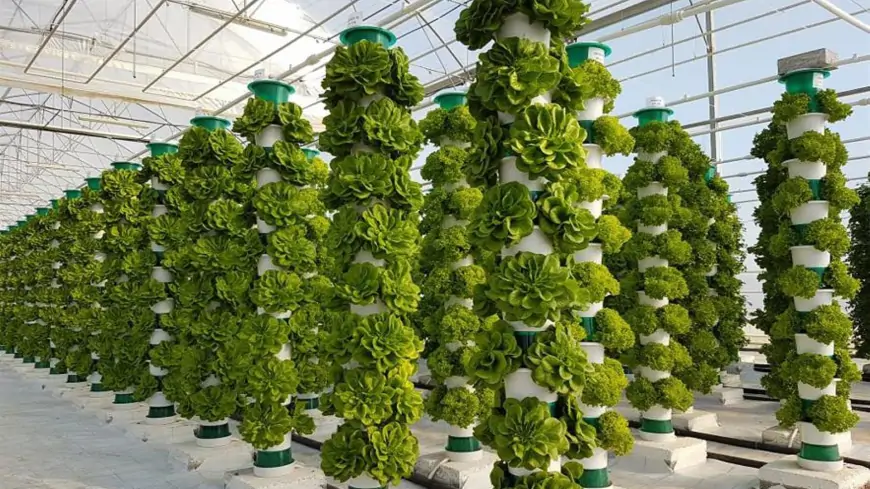The Foundation of Green Transformation in the Agricultural Food Industry: Soilless Farming
Discover how soilless farming is revolutionizing the agricultural food industry with its water efficiency, energy optimization, and environmental benefits. Learn about innovative methods like hydroponics, aeroponics, and urban farming for a greener future!

ustainability and efficiency are reshaping the agricultural food industry with the innovative rise of soilless farming. Challenging the limitations of traditional farming methods, soilless farming introduces a green transformation by offering significant advantages in water conservation, energy efficiency, and land use optimization. In this article, we’ll explore the fundamentals of soilless farming, its operational principles, and its transformative potential in the agricultural food industry.
What Is Soilless Farming?
Soilless farming is a modern agricultural method where plants grow in water, nutrient-rich solutions, or alternative growth mediums instead of traditional soil. This innovative technique includes methods such as:
- Hydroponic systems
- Aeroponic systems
- Smart greenhouse technologies
The goal of these methods is to provide plants with nutrients in a highly efficient manner, significantly improving crop yield and quality.
How Does Soilless Farming Boost Productivity?
Let’s take a closer look at the key factors that make soilless farming a game-changer in the agricultural sector:
- Water Efficiency: Soilless farming significantly reduces water consumption compared to traditional methods. In hydroponic systems, water is reused, resulting in minimal waste and maximum resource efficiency.
- Energy Efficiency: Advanced systems like smart greenhouses optimize light, temperature, and humidity to reduce energy consumption while maximizing plant growth.
Urban Agriculture and Land Optimization
Soilless farming addresses the challenges of limited agricultural land by enabling urban farming. Techniques like vertical farming, rooftop greenhouses, and wall-mounted gardens bring agriculture into urban environments. These methods:
- Reduce transportation costs by producing food closer to urban centers.
- Support local food production, fostering a sustainable supply chain.
Environmental and Industry Benefits of Soilless Farming
- Pesticide Reduction: Soilless farming minimizes the need for chemical pesticides and herbicides, promoting cleaner and healthier produce.
- Faster Crop Growth: Optimized conditions lead to quicker harvest cycles and consistent crop quality.
- Reduced Environmental Impact: By conserving water and reducing land use, soilless farming supports biodiversity and combats deforestation.
Why Soilless Farming Is the Future of Agriculture
As the agricultural food industry moves towards sustainability, soilless farming emerges as a revolutionary practice. Its ability to save resources, reduce environmental impact, and adapt to urban settings positions it as a cornerstone of the green transformation.
Final Thoughts
Soilless farming represents a critical step toward achieving sustainable agriculture. Its potential for water conservation, energy efficiency, and urban farming makes it a vital tool for the future of food production.
In our upcoming articles, we’ll delve deeper into other green agricultural technologies and explore how their integration can lead to the production of healthier and more sustainable foods. Stay tuned for more insights into the future of sustainable farming!







